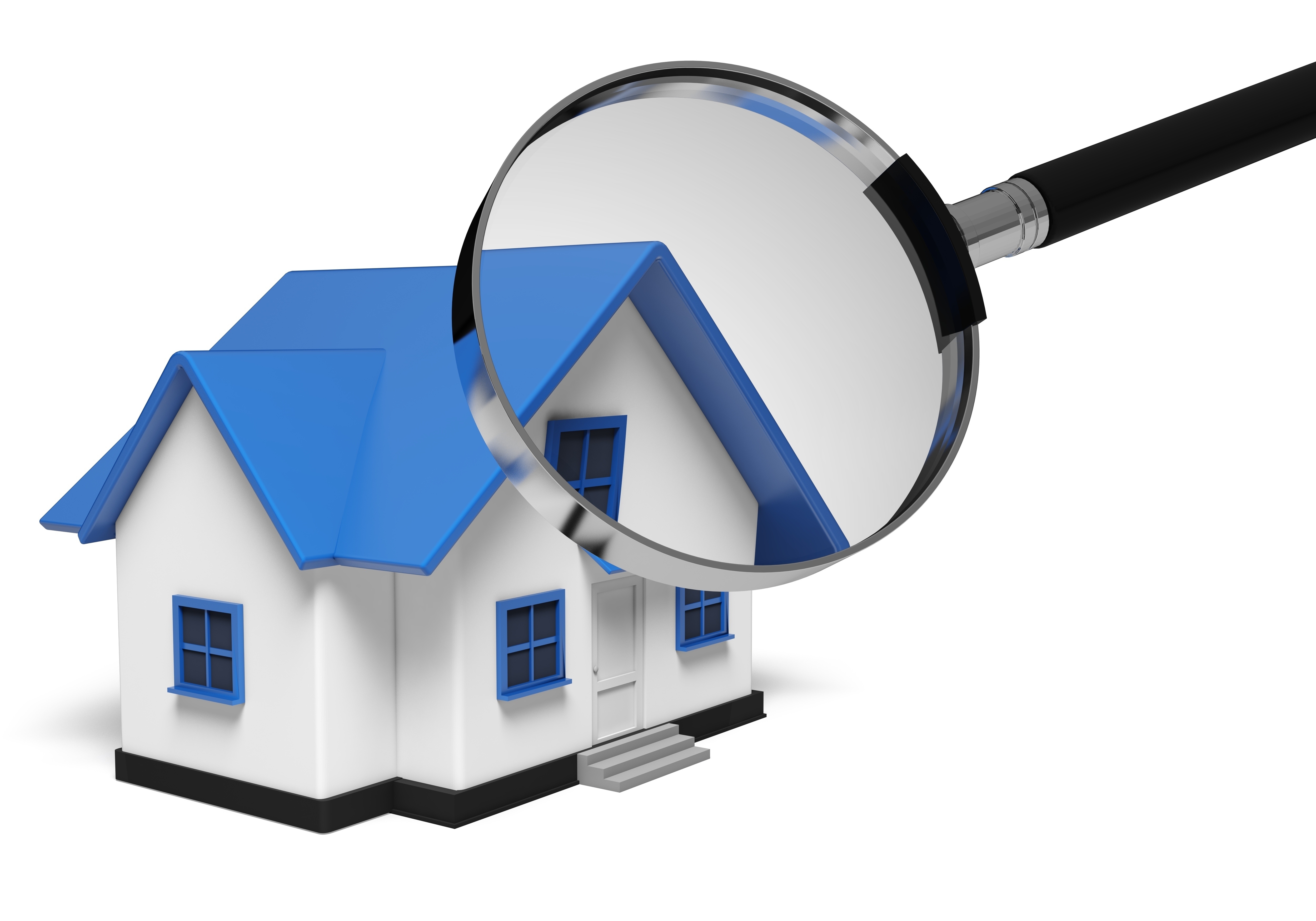 Real Property Appraisals: A PrimerA home purchase or refinance is a transaction no one should take lightly. Whether it's to secure a place where you can raise your family, or to use the equity you've built to update your home, having all of the information to make the smartest decision for your finances and real estate portfolio is a must. In purchase transactions, most people are familiar with the parties taking part in the transaction. The real estate agent is the most familiar entity in the exchange. Then, the mortgage company provides the money needed to finance the exchange. The title company ensures that all aspects of the transaction are completed and that a clear title passes from the seller to the purchaser.
So, who makes sure the value of the property is in line with the amount being paid or financed? This is where the appraiser comes in. We provide an unbiased estimate of what a buyer might expect to pay — or a seller receive — for a parcel of real estate, where both buyer and seller are informed parties. Licensed, certified, professional appraisers from RealMetricsAZ, LLC will ensure, you as an interested party, are informed. The inspection is where an appraisal starts
Our first duty at RealMetricsAZ, LLC is to inspect the property to determine its true status. This begins with an exterior inspection that allows us to measure the footprint of the home, and collect data on outside features (roofing, gutters, pools, etc.). Once we are done measuring on the outside and a rough sketch is drawn, we move on to the inside. Once the site has been inspected, we use two or three approaches to determining the value of real property: a sales comparison, a replacement cost calculation, and an income approach when rental properties are prevalent. 
Replacement CostHere, we gather information on local construction costs, the cost of labor and other factors to derive how much it would cost to construct a property similar to the one being appraised. This estimate commonly sets the upper limit on what a property would sell for. It's also the least used predictor of value. 
Sales ComparisonAppraisers get to know the subdivisions in which they appraise. They thoroughly understand the value of certain features to the people of that area. Then, the appraiser looks up recent transactions in the vicinity and finds properties which are 'comparable' to the property in question. Using knowledge of the value of certain items such as remodeled rooms, types of flooring, energy efficient items, patios and porches, or extra storage space, we adjust the comparable properties so that they are more accurately in line with the features of subject.
An opinion of what the subject might sell for can only be determined once all differences between the comps and the subject have been evaluated. At RealMetricsAZ, LLC, we are experts when it comes to knowing the value of particular items in Maricopa, Pinal, Gila, and Navajo County neighborhoods. This approach to value is most often given the most consideration when an appraisal is for a home purchase. Valuation Using the Income ApproachIn the case of income producing properties - rental houses for example - the appraiser may use an additional method of valuing a house. In this situation, the amount of income the property generates is taken into consideration along with other rents in the area for comparable properties to give an indicator of the current value. The Bottom Line
Combining information from all applicable approaches, the appraiser is then ready to state an estimated market value for the property at hand. |